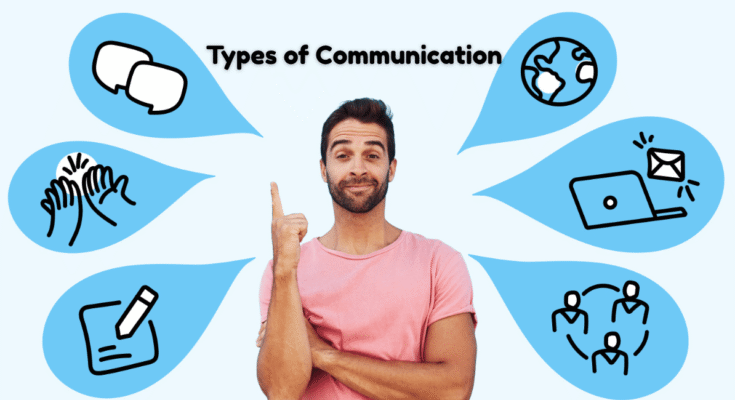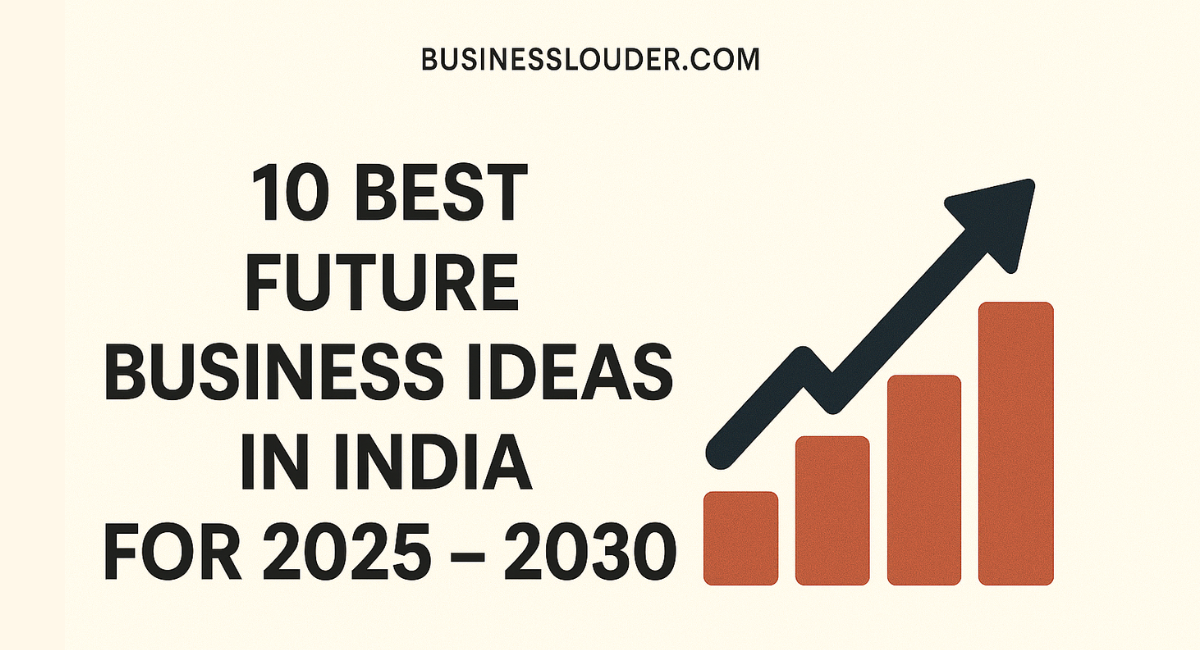Communication is a vital issue of human interplay that enables the change of thoughts, thoughts, and records between people. In state-of-the-art interconnected global, understanding the unique varieties of communication is vital for effective and significant interactions.
What are the different types of communication?
This text’s objectives are to discover and explain 7 types of communication, particularly verbal, nonverbal, written, visual, remarks, mass, and group communication, imparting comprehensive motives and relevant examples.
Verbal communication
Verbal conversation involves the use of spoken language to carry facts, thoughts, and emotions. This type of communication is based on phrases, tone of voice, and even pitch to effectively supply a message.
Examples of verbal communication consist of conversations, speeches, presentations, and call calls. Through verbal communication, we specify ourselves, interact in discussions, and construct connections with others.
Verbal communication is a dynamic shape of verbal exchange that permits fast feedback and clarification. It could take region face-to-face, over the cellphone, or through digital manner along with emails, textual content messages, or video calls. Using verbal communication is essential in both personal and expert settings because it permits effective expression and understanding.
Nonverbal communication
Nonverbal conversation refers to the usage of body language, facial expressions, gestures, and other nonverbal cues to carry that meaning. Whilst verbal communication relies on phrases, nonverbal conversation enhances and complements the message.
Examples of nonverbal communication encompass eye touch, hand gestures, body posture, and facial expressions. It is crucial to be aware that nonverbal cues can fluctuate throughout cultures, so it’s essential to take note of these variations.
Nonverbal communication plays an enormous role in conveying emotions, attitudes, and intentions. It could often deliver those components more efficiently than verbal exchange by myself.
For instance, a simple smile or a nod can carry settlement or encouragement without the need for phrases. Information and interpreting nonverbal cues are critical for powerful communication, as they could considerably impact how a message is known.
Written communication
Written communication includes using written words to bring records and thoughts. It encompasses numerous bureaucracy including emails, letters, memos, reviews, and texts.
Written conversation permits clean and dependent messages that can be referred to at a later time. It’s a critical shape of communication in professional settings and facilitates record important data for future reference.
Written communication affords an everlasting file of statistics and is often used for formal or reliable purposes wherein precision and readability are essential. It lets people carefully craft their messages, ensuring that they’re concise and well-prepared. Additionally, written communication allows thorough analysis and revision before conveying the message.
Visual communication
Visual communication includes the usage of visual aids, images, pix, and different visual factors to carry information. It’s a powerful manner to communicate complicated ideas or concepts that may be tough to explain entirely through words. Examples of visual conversation consist of infographics, charts, graphs, and shows. Visual verbal exchange can decorate understanding and engage the audience via stimulating visual elements.
Visual communication appeals to our senses and may bring data faster and more successfully than written or verbal exchange alone. It’s miles mainly useful whilst offering facts or facts, as visual representations can simplify complex records and make it extra handy. Visual communication exchange can also evoke feelings and create a memorable impact on the target market.
Feedback communication
Remarks communication is an essential component of powerful communication. It entails the exchange of information, evaluations, or guidelines to offer valuable input on a message or performance.
Comments can be verbal and nonverbal, and they perform an essential function in personal increase, professional development, and retaining healthy relationships. Optimistic remarks can assist individuals in enhancing their talents and enhancing their communication competencies.
Feedback conversation can take various bureaucracy, including verbal, written, and nonverbal. Verbal comments entail imparting direct input via spoken phrases, at the same time as written comments are conveyed via written messages or reviews.
Nonverbal feedback can be expressed through body language, facial expressions, or gestures. Effective comment communication calls for active listening, empathy, and a clean expression of thoughts and observations.
Mass communication
Mass verbal exchange involves the transmission of records to a massive audience through numerous channels which include TV, radio, newspapers, magazines, and the net. It performs an essential role in shaping public opinion, disseminating news, and influencing societal norms and behaviours.
Mass verbal exchange permits the sharing of statistics on an international scale and has a giant effect on society as an entire.
Mass communication channels which include TV, radio, and the net attain an extensive variety of audiences simultaneously. They offer platforms for public discourse, entertainment, and the trade of ideas. Mass verbal exchange additionally allows for focused messaging through advertising and marketing and advertising, influencing client behaviour and shaping public opinion.
Group communication
Group conversation refers to interactions that occur within a collection place, consisting of meetings, presentations, discussions, and teamwork. It includes the alternate of statistics, ideas, and critiques amongst group members to attain common desires or make collective selections.
Group communication requires lively listening, powerful collaboration, and clear articulation of thoughts and ideas.
Powerful group conversation is important for teamwork and collaboration. It entails lively participation, recognition of numerous views, and the ability to resolve conflicts constructively.
One-of-a-kind types of group conversation, such as meetings, presentations, and discussions, serve precise purposes and require specific verbal exchange abilities.
Growing powerful group communication techniques can enhance productivity, creativity, and universal group understanding.
Wrapping up
In conclusion, understanding the various types of communication is important for powerful and significant interactions in the latest interconnected world. Verbal, nonverbal, written, visual, feedback, mass, and group communication each play specific roles in conveying information, ideas, and feelings.
By way of growing skillability in each kind of communication, people can decorate their non-public and professional relationships, improve their understanding of others, and obtain more successful consequences in numerous factors in their lives.
Now we hope that you have understand well about the forms of communication. If you still have any queries about this. Please let us know in the comment section below, Will surely help you..
Also Read:




4 Comments on “What Are The Different Types of Communication?”